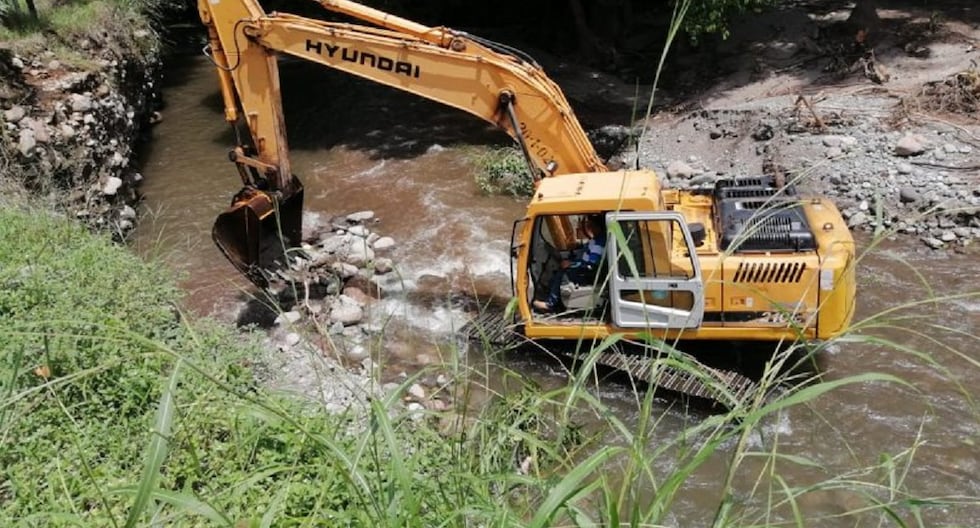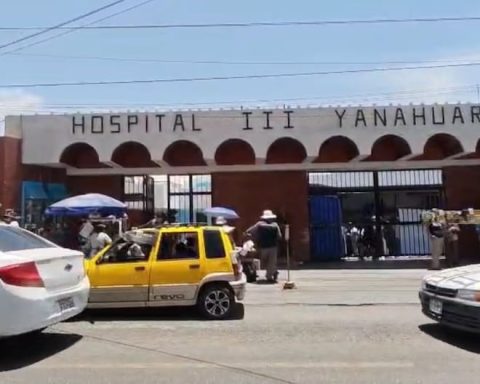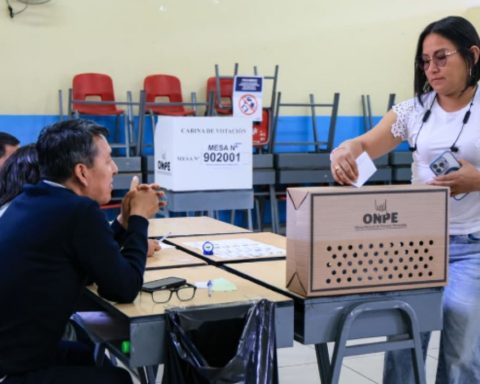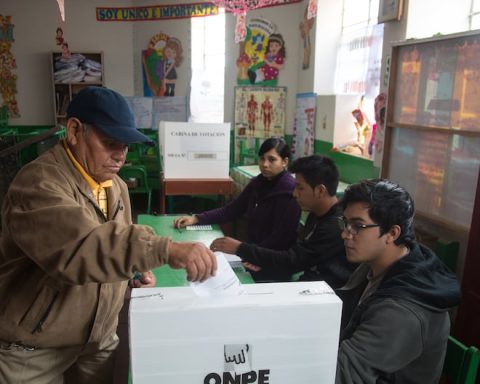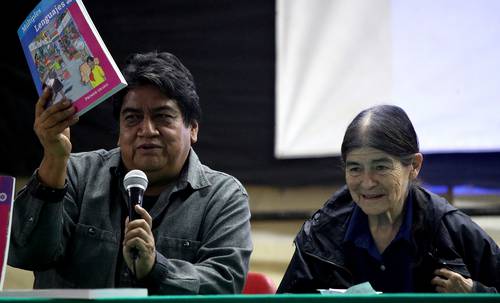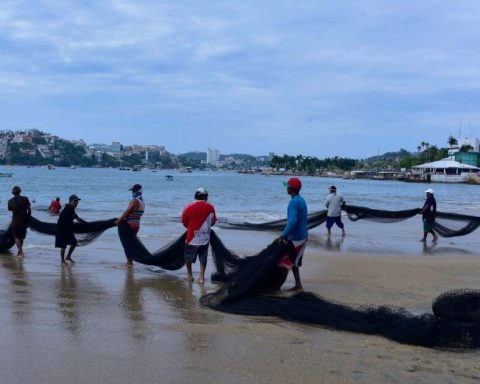The Ombudsman’s Office warned that the execution of the expenditure of the Budget Program “Vulnerability Reduction and Disaster Emergency Response”, at the three levels of government, less than 3 months before the end of the fiscal year, is on average 59.2%. .
LOOK: Piura: For the first time a cruise line arrives as a tourist destination
The national government has an execution progress of 54.6 %, regional governments 55.5%, while local governments have executed 71.7%. According to the Ombudsman’s Office These figures demonstrate a lack of timely management by the authorities, despite the fact that Peru is exposed to various dangers of natural origin and induced by human action.
“We have four regional governments that have executed less than 50% of this budget item: Puno, Apurímac, Ucayali and Callao. Besides, another six have executed less than 60%: Cajamarca, La Libertad, Moquegua, Tacna, Áncash and Lambayeque“, indicated the deputy for the State Administration of the Ombudsman’s Office, José Luis Agüero.
He warned that by summer 2025 A total of 41,211 population centers have been identified with a very high risk probability against the possible occurrence of rain, lwhich comprise a total of 2,473,604 people who could be affected.
It is estimated that 3,640 population centers would be exposed to a very high risk from the possible occurrence of floods, with 974,749 people that could be affected.
The Ombudsman’s Office recalled that all entities at the three levels of government have the responsibility of effectively implementing disaster risk management, with the purpose of preventing, reducing risk and carrying out permanent control of risk factors, as well as adequate preparation and response.
